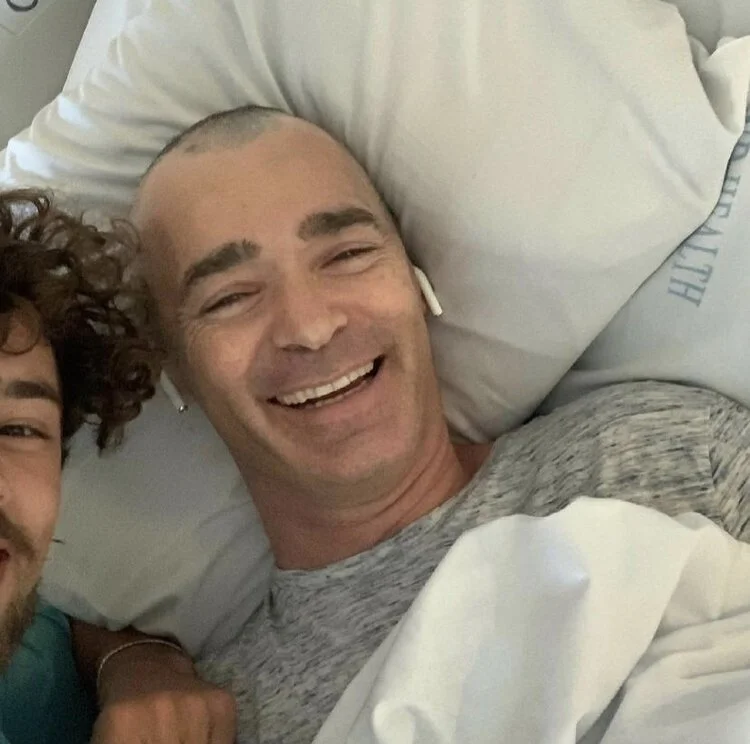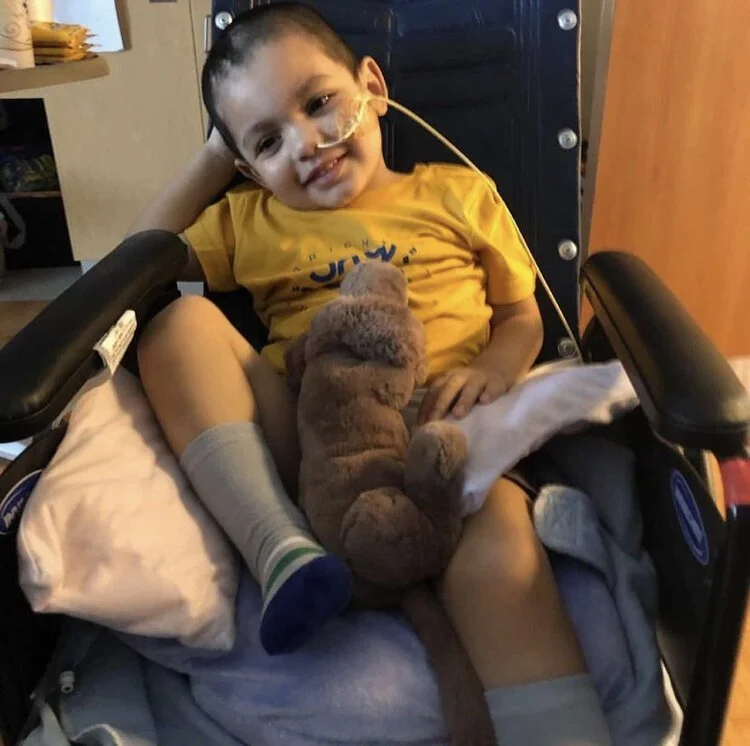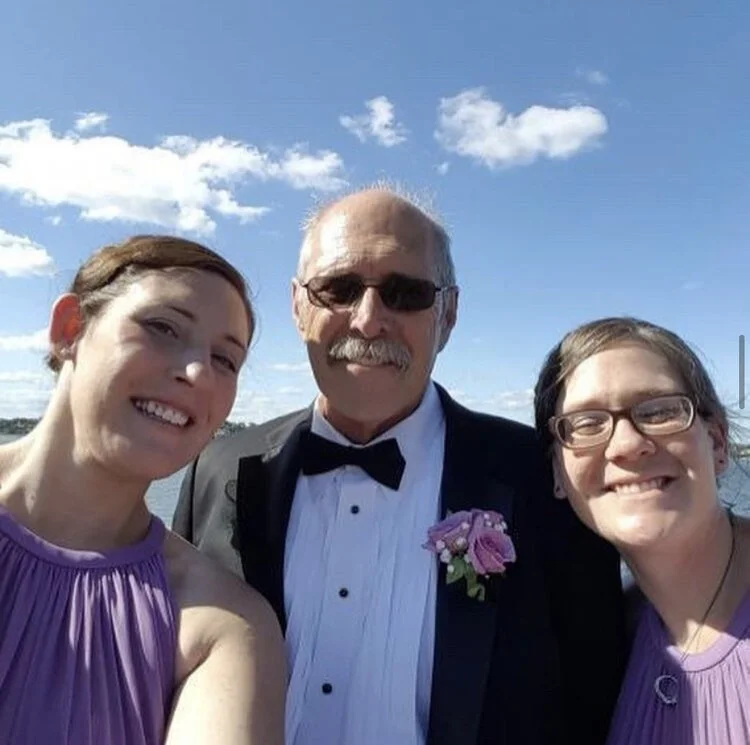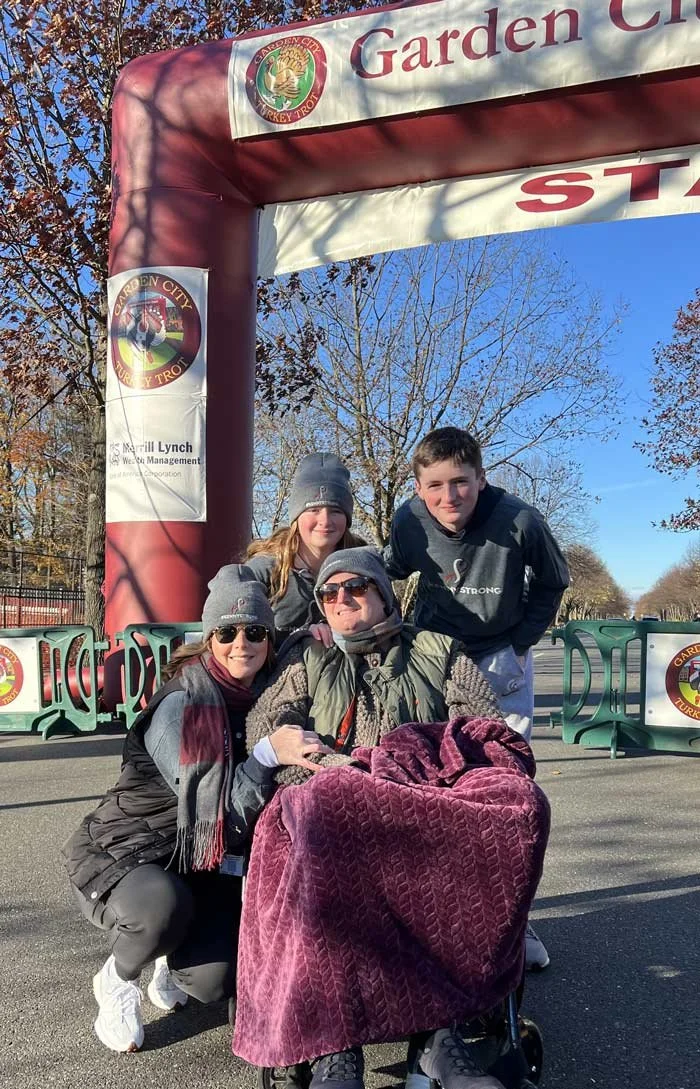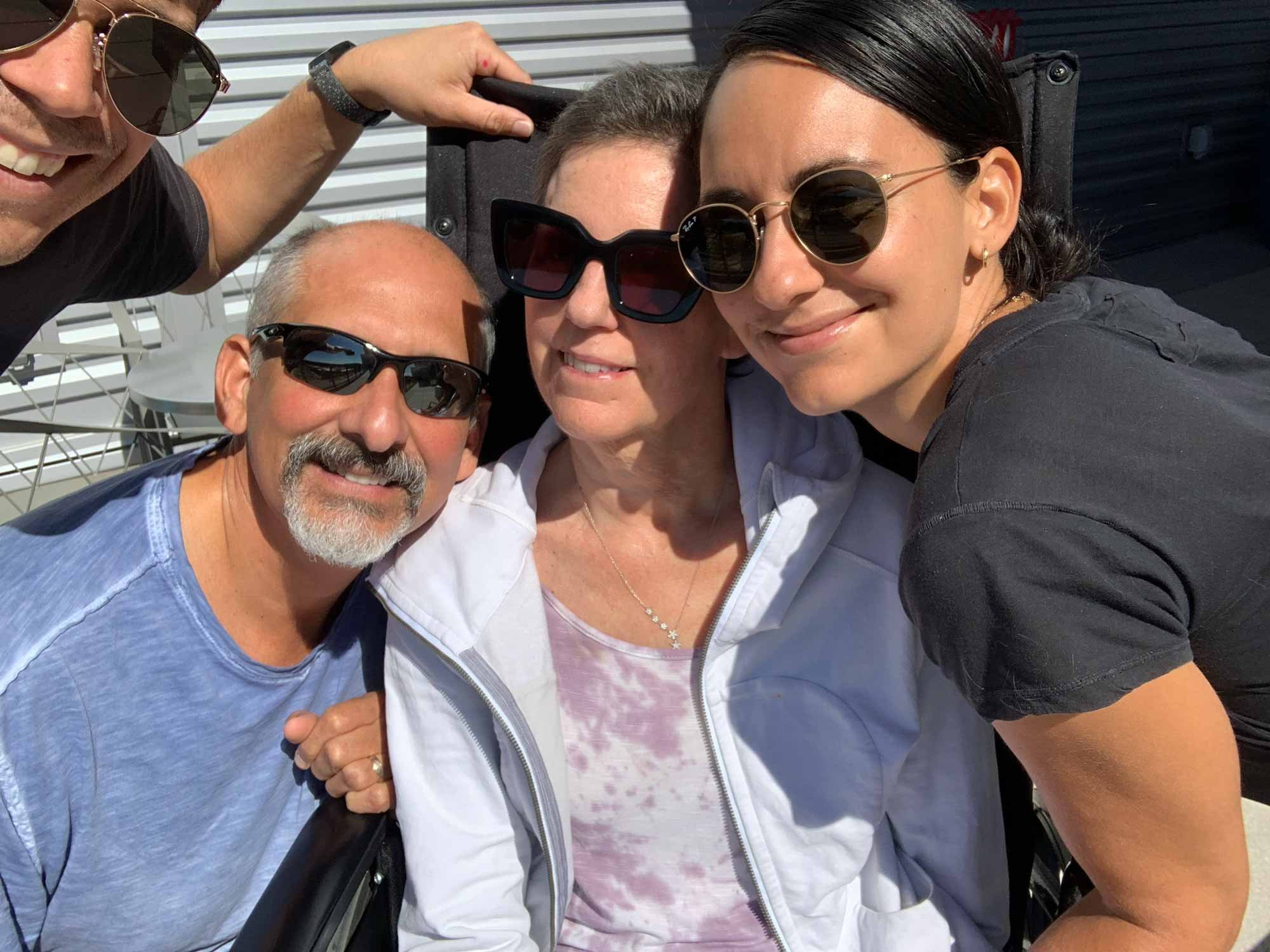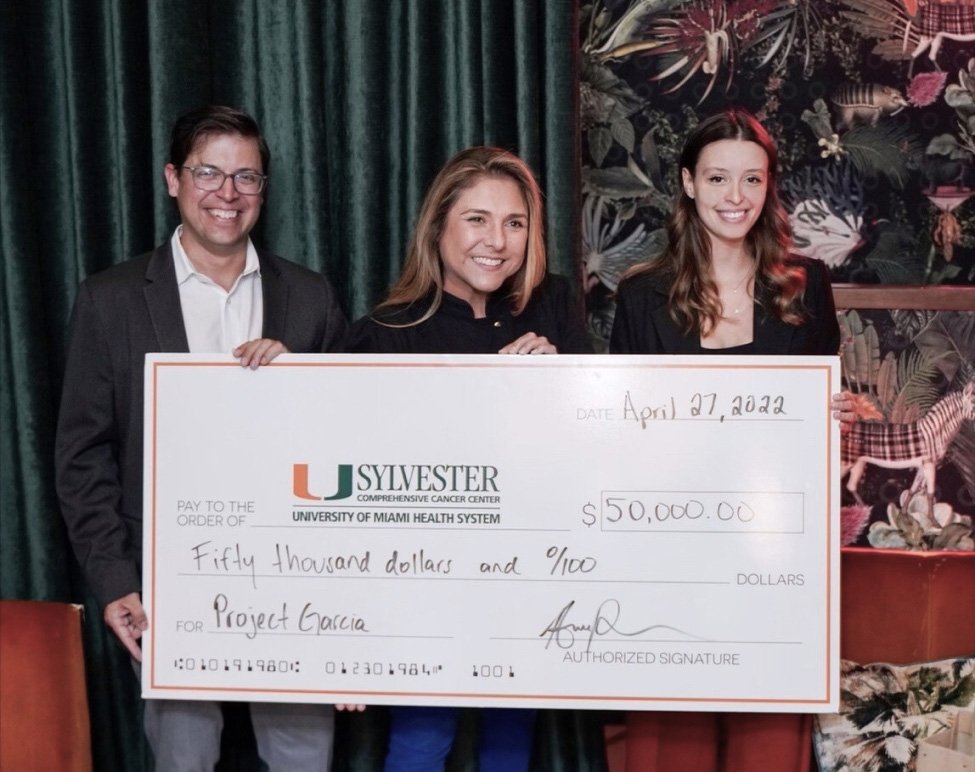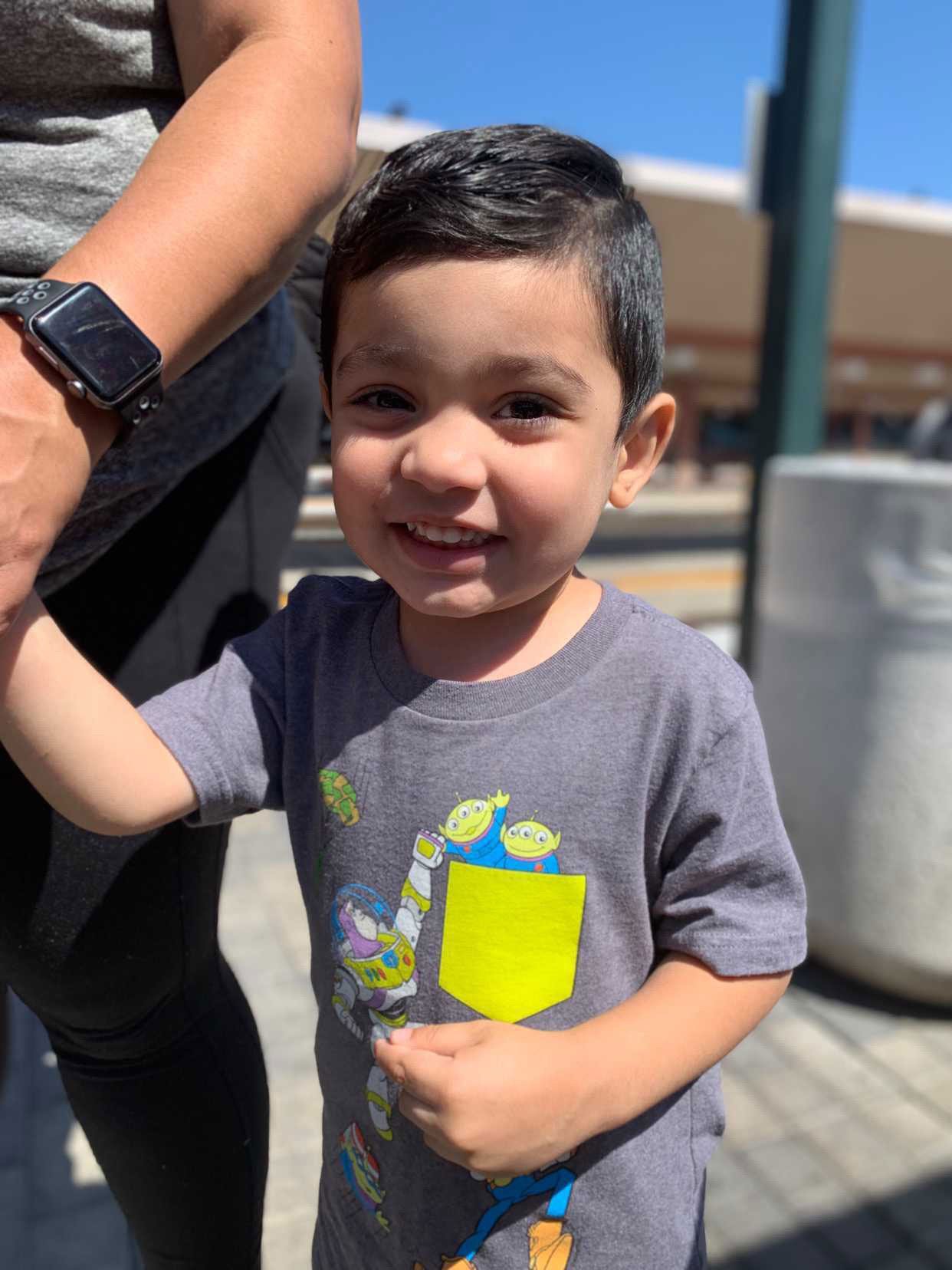Donate Today To
Help Us Find A Cure.
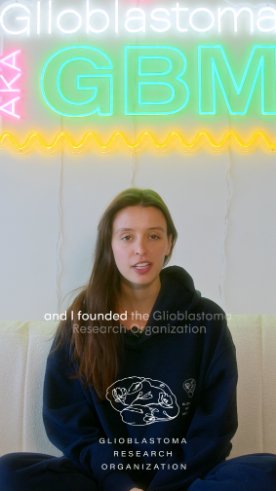
Learn more about our Founder’s story and why she created the organization.
Amber sadly lost her dad to Glioblastoma 7 years ago, learn more about the reason why she started the organization.
For donations of $150 or more, kindly provide us with a mailing address to receive a personalized card from the organization. Your contribution is fully tax-deductible. The Glioblastoma Research Organization is a 501(c)3 nonprofit charitable organization. EIN: 83-2388861.
Donate via check
If you prefer to donate offline, you can mail a check to our Miami location:
The Glioblastoma Research Organization
2045 Biscayne Blvd #189, Miami, FL 33137
Donate Today To
Help Us Find A Cure.
Learn more about our Founder’s story and why she created the organization.
Amber sadly lost her dad to Glioblastoma 7 years ago, learn more about the reason why she started the organization.

For donations of $150 or more, kindly provide us with a mailing address to receive a personalized card from the organization. Your contribution is fully tax-deductible. The Glioblastoma Research Organization is a 501(c)3 nonprofit charitable organization. EIN: 83-2388861.
Donate via check
If you prefer to donate offline, you can mail a check to our Miami location:
The Glioblastoma Research Organization
2045 Biscayne Blvd #189, Miami, FL 33137
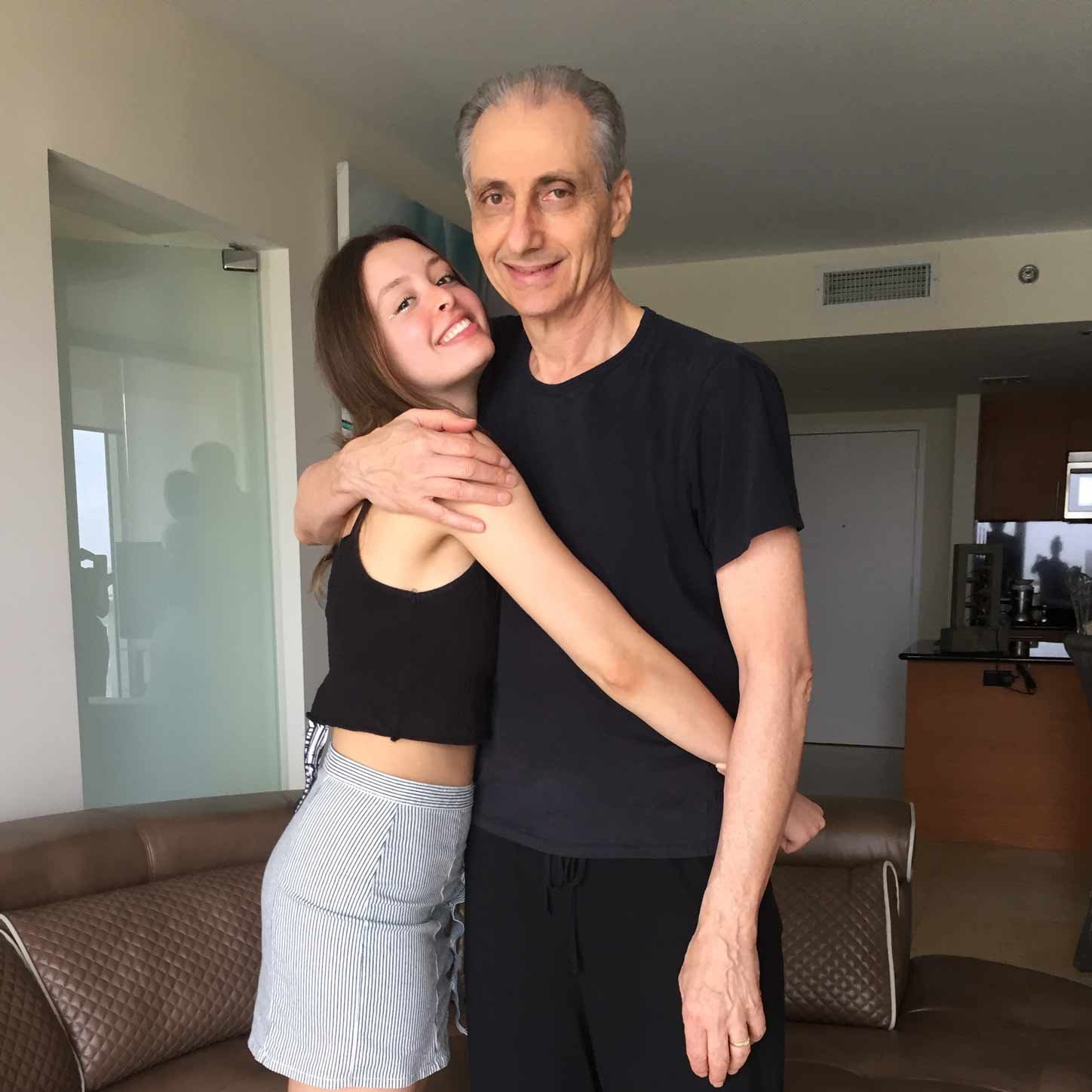
"To anyone navigating a GBM diagnosis: whether you’re a patient, caregiver, or grieving loved one — we see you. We’re here for you. And we’re in this together."
I started the Glioblastoma Research Organization in 2018, after my father passed away from a 6 month battle with glioblastoma. What began in his memory has slowly grown into something much bigger. I hope, in some small way, this space has brought you comfort, connection, or even a little light when things felt dark.
But it’s not just for my Dad, it’s for all GBM Warriors.
Together, we will find a cure.
our research project
Projects You’ve Helped Fund
Since inception in 2018, we’ve funded 11 research projects to help find a cure for Glioblastoma and advance care. etc etc.
Supported by a $50,000 Glioblastoma Research Organization grant, Project Kenny pioneers the first fully implantable, rechargeable Tumor Treating Fields (TTF) device aimed at delivering 24/7 therapy without external hardware.
The Brain Tumor Funders' Collaborative (BTFC) announced a request for proposals for two-year, $500,000 research grants for multi-institutional, multi-disciplinary research projects focusing on liquid biopsy for primary brain tumors.
Project Build On, a research initiative underway at The University of Texas MD Anderson Cancer Center, explores strategic ways to target metabolic weaknesses of glioblastoma. Through innovative drug combinations, researchers aim to block key pathways that fuel cancer growth, offering new hope for patients with this aggressive disease.
Marking the GBMRO'S first funded research project of 2025, Project Rocket, formally known as Characterizing Glioblastoma Progression, Pseudoprogression, and Radiation Necrosis with Bedside Ultrasound Using Sonolucent Cranial Implants, led by Dr. Randy S. D’Amico, aims to identify key ultrasound markers that reveal whether the tumor is growing, healing, or experiencing other changes.
The Glioblastoma Biobank Project, formally known as Key LARGO (Key Longitudinal Associations with Risk and Glioblastoma Outcomes), is now live and open for enrollment!
The Glioblastoma Research Organization (GBMRO) announces its largest donation to date, $80,000, to fund Project DeLaRosa in partnership with Children's National Hospital.
Project Every Day Counts was launched with a $50,000 donation in collaboration with Gray for Glioblastoma Society to Children’s Hospital Los Angeles. The project honors Josh Wexler and the Wexler Family and their dedication to furthering GBM research.
Project Garcia marks GBMRO’s fourth fully funded Glioblastoma research project and the first in collaboration with Sylvester Comprehensive Cancer Center in Miami, Florida. The project includes novel research that uniquely applies a multiparametric intraoperative strategy to guide tumor resection and identify infiltrating tumor cells responsible for tumor recurrence.
The median age for diagnosis of Glioblastoma is 65, with patient prognosis known to decline with increased age. Christopher Hine, Ph.D., a researcher in the Department of Cardiovascular and Metabolic Sciences at Cleveland Clinic's Lerner Research Institute, has a theory that could explain why.
The Glioblastoma Research Organization's Project Rush is in collaboration with Lenox Hill Hospital’s Department of Neurosurgery’s Brain Tumor Center in New York City. Project Rush was inspired by the passing of Neil Peart a Canadian-American musician, best known as the drummer and lyricist of the rock band, Rush.
Funded by the Glioblastoma Research Organization, the laboratory of Dr. Steven Millward at the University of Texas MD Anderson Cancer Center has launched The Lee Project, which focuses on the directed evolution of vectors for treating GBM.
Brain tumors are the leading cause of cancer-related death in children. Of all the pediatric brain tumors, high-grade gliomas (HGG) remain the greatest challenge, with few treatment options available and a five-year survival rate of only 10-30 percent. A potential alternative to conventional treatments is to utilize a patient’s own immune system to attack tumor cells—immunotherapy.
Supported by a $50,000 Glioblastoma Research Organization grant, Project Kenny pioneers the first fully implantable, rechargeable Tumor Treating Fields (TTF) device aimed at delivering 24/7 therapy without external hardware.
The Brain Tumor Funders' Collaborative (BTFC) announced a request for proposals for two-year, $500,000 research grants for multi-institutional, multi-disciplinary research projects focusing on liquid biopsy for primary brain tumors.
Project Build On, a research initiative underway at The University of Texas MD Anderson Cancer Center, explores strategic ways to target metabolic weaknesses of glioblastoma. Through innovative drug combinations, researchers aim to block key pathways that fuel cancer growth, offering new hope for patients with this aggressive disease.
Marking the GBMRO'S first funded research project of 2025, Project Rocket, formally known as Characterizing Glioblastoma Progression, Pseudoprogression, and Radiation Necrosis with Bedside Ultrasound Using Sonolucent Cranial Implants, led by Dr. Randy S. D’Amico, aims to identify key ultrasound markers that reveal whether the tumor is growing, healing, or experiencing other changes.
The Glioblastoma Biobank Project, formally known as Key LARGO (Key Longitudinal Associations with Risk and Glioblastoma Outcomes), is now live and open for enrollment!
The Glioblastoma Research Organization (GBMRO) announces its largest donation to date, $80,000, to fund Project DeLaRosa in partnership with Children's National Hospital.
Project Every Day Counts was launched with a $50,000 donation in collaboration with Gray for Glioblastoma Society to Children’s Hospital Los Angeles. The project honors Josh Wexler and the Wexler Family and their dedication to furthering GBM research.
Project Garcia marks GBMRO’s fourth fully funded Glioblastoma research project and the first in collaboration with Sylvester Comprehensive Cancer Center in Miami, Florida. The project includes novel research that uniquely applies a multiparametric intraoperative strategy to guide tumor resection and identify infiltrating tumor cells responsible for tumor recurrence.
The median age for diagnosis of Glioblastoma is 65, with patient prognosis known to decline with increased age. Christopher Hine, Ph.D., a researcher in the Department of Cardiovascular and Metabolic Sciences at Cleveland Clinic's Lerner Research Institute, has a theory that could explain why.
The Glioblastoma Research Organization's Project Rush is in collaboration with Lenox Hill Hospital’s Department of Neurosurgery’s Brain Tumor Center in New York City. Project Rush was inspired by the passing of Neil Peart a Canadian-American musician, best known as the drummer and lyricist of the rock band, Rush.
Funded by the Glioblastoma Research Organization, the laboratory of Dr. Steven Millward at the University of Texas MD Anderson Cancer Center has launched The Lee Project, which focuses on the directed evolution of vectors for treating GBM.
Brain tumors are the leading cause of cancer-related death in children. Of all the pediatric brain tumors, high-grade gliomas (HGG) remain the greatest challenge, with few treatment options available and a five-year survival rate of only 10-30 percent. A potential alternative to conventional treatments is to utilize a patient’s own immune system to attack tumor cells—immunotherapy.
Other Ways To Donate to Glioblastoma Research Organization
Donate cryptocurrency
We accept over 75 different types of cryptocurrency.
To learn more about donating Crypto click below.
Donate via Facebook by launching a fundraiser to support Glioblastoma Research
Want to help support our funding for cutting-edge research? You can raise money centered around your birthday or for any other occasion that inspires you to act without ever leaving Facebook.
Create your own fundraiser today!
There are several ways to fundraise for the Glioblastoma Research Organization, from creating a birthday fundraiser, to turning your favorite activity, such as running or biking, into a fundraiser to raise awareness and funds for GBM. Additionally, you can honor a Glioblastoma Warrior that has passed away by coming together and supporting Glioblastoma research in their name. Become a fundraiser and make a difference in the fight against GBM.
Together, we will find a cure.
#GBMResearch #GBMRO











